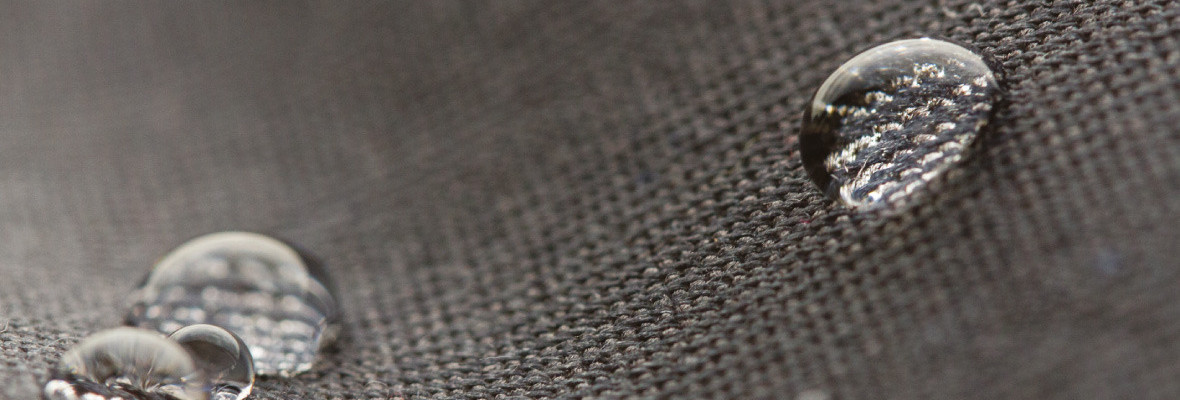When renovating old homes or constructing new ones, two terms often come up in building science: breathability and airtightness. While they may sound like opposites, they actually work together to create healthy, efficient, and durable buildings. Let’s break them down in simple terms.
What is Breathability?
In the context of buildings, breathability refers to a material’s ability to allow moisture (in the form of vapor) to pass through it. This does not mean air is flowing freely—it means that moisture can move through the material and escape, preventing condensation and damp issues.
Think of an old stone cottage with lime plaster. The lime allows moisture to pass through, ensuring that the walls stay dry and free from trapped dampness. Modern breathable materials, such as lime-based renders and natural insulation like wood fiber or wool, help regulate humidity inside the home, reducing the risk of mold and structural decay.
What is Airtightness?
Airtightness, on the other hand, is about controlling unintended air movement in and out of a building. This prevents drafts, heat loss, and uncontrolled moisture movement. Achieving good airtightness means sealing up all unintended gaps, cracks, and leaks—around windows, doors, and in the structure itself—so that air only enters and exits through controlled ventilation systems.
A well-sealed home is more energy-efficient because it prevents warm air from escaping in winter and keeps hot air out in summer. But airtightness alone isn’t enough—it must be paired with a proper ventilation strategy to ensure fresh air circulation.
Can a Building Be Both Airtight and Breathable?
Yes, and it should be! The key is using the right materials in the right places.
A building can be airtight by sealing up unwanted gaps while also being breathable by allowing moisture to escape through vapor-permeable materials. For example:
- Airtightness is achieved using membranes, tapes, and careful detailing around joins and penetrations.
- Breathability is achieved by choosing materials that allow moisture to pass through, like lime plaster, wood fiber insulation, or breathable paints.
Why It Matters for Your Home
- Prevents Damp & Mold: Breathable materials allow moisture to escape instead of trapping it inside walls.
- Increases Energy Efficiency: Airtight buildings retain heat better, reducing energy bills.
- Improves Indoor Air Quality: A well-ventilated, breathable home helps regulate humidity and prevent stale air.
- Extends Building Lifespan: Preventing trapped moisture reduces the risk of rot and structural damage.
At Summit Matters Ltd, we specialize in restoring and renovating homes with the perfect balance of breathability and airtightness, ensuring comfort, efficiency, and longevity.
If you’re considering a renovation we operate from our base in Dublin, Ireland, covering most of the country and offer expert guidance so contact us today to discuss how we can help bring your home up to modern performance standards while preserving its character and charm!

